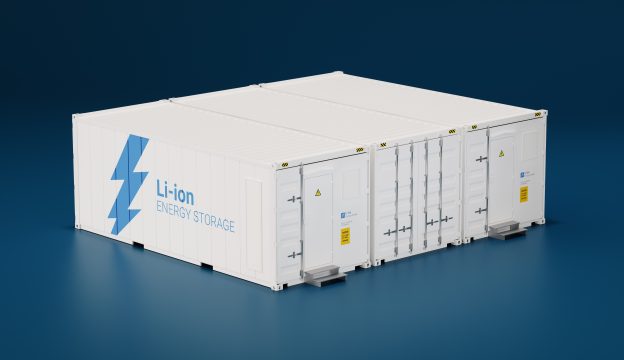
Europe has relied on cheap Russian energy for decades and Russia has been happy to provide low-cost oil and gas. Now with the war, the EU has finally realized how risky it is to rely on one country for energy. Even if the lessons are learned, there is nothing that can be done. Solar energy is the top priority in the world's new energy policy, but 80% of the solar energy supply chain comes from China. Even if the EU countries cut off dependence on Russian natural gas and oil, they will only end up relying on another dictatorship.
Chinese customs data show that European solar panel exports increased sharply from January to August this year, with exports exceeding US$16 billion, more than double the US$7.2 billion in the same period last year. Although there are also reasons for rising production costs, such as polysilicon a key raw material for making solar panels, China has hit a record high and solar panel sales to Europe have also grown significantly this year with an annual increase of 137% in the first half of the year. Most of the EU's solar panels now come from China.
In 2021, China will account for 75% of global solar panel production, compared with 2.8% in Europe, which is why in May the European Union announced a plan to release 210 billion euros in order to wean itself off Russia's energy dependence and shares of major Chinese solar manufacturers rose immediately.
Not only EU countries, but the entire global solar energy industry is under China’s shadow. According to an International Energy Agency (IEA) report, China manufactured most of the world's solar panels in 2010 but the share of China's solar panel supply chain has risen from 55% to 84% in the past 12 years and has grown from polysilicon production to the production of finished solar cells and modules soldered to panels. China controls at least 75% of each critical stage.
While Europe and North America account for more than one-third of global solar panel demand, the two regions each account for an average of less than 3% of all phases of solar panel manufacturing. China also leads Solar-related investment, with the Chinese market accounting for nearly two-thirds of global large-scale solar investment. In the first half of the year, the state invested US$41 billion, an annual increase of 173%.
Not only solar energy but China is also a major producer and processor of rare earth minerals necessary for the magnets that power wind turbines. China will build more offshore wind turbines in 2021 than all other countries combined in the past five years.
Solar power generation has also been on the rise in China where installed solar capacity rose 1.9% to 349.9 GW in August, outpacing wind, which rose just 0.2% to 344.5 GW, according to China's National Energy Administration. By the end of this year, China's solar capacity will surpass wind power for the first time, according to Bloomberg New Energy Finance.
In 2021, China's electricity consumption from renewable energy accounted for 29.4% of the total electricity consumption and China is expected to reach the target of 33% electricity consumption from renewable energy by 2025. Renewable energy consumption could reach 36% by 2025. Analysts at S&P Global Commodity Insights said the 33% target is definitely within reach, with solar and wind currently developing.
China promotes this industry through huge domestic market demand and then uses low costs to choke the global new energy industry. Even though solar energy is a free energy source that does not depend on any country, as the CEO of American manufacturer First Solar said, solar energy is not a free energy source if it depends on the technology of an authoritarian government.
(Image:Unsplash)







